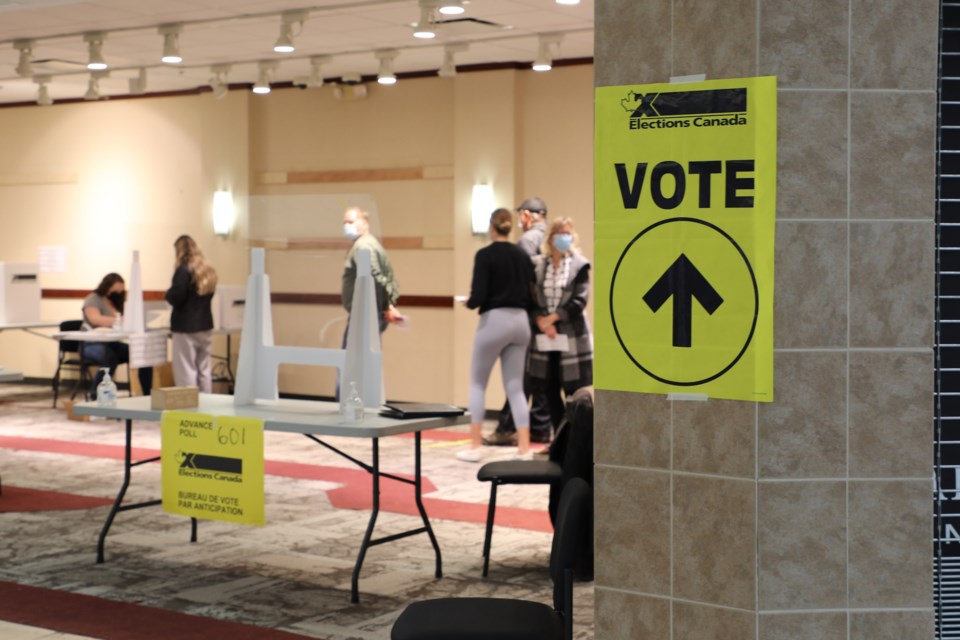Newmarket-Aurora had a bump in advance polling for the 2021 federal election, but that may not mean election day will have higher turnout.
Elections Canada released advance polling estimates this week, with a 18 per cent bump in advance voter turnout compared to 2019, for a total of 5.78 million. In Newmarket-Aurora, there were an estimated 18,783 people using advance polls compared to 15,352 in 2019, a 22 per cent increase.
York University political science professor Dennis Pilon said voting turnout has trended upwards as it has become more accessible, with the pandemic also influencing things this year. But he said it is not likely to impact overall turnout.
“It’s rearranged the deck chairs. It hasn’t added any new ones,” Pilon said. “People who are using advance voting probably would have voted by traditional means but are excited to pick up this new choice. People who aren't interested in voting haven't been moved to vote by this new opportunity."
Pilon said some citizens would have been motivated by pandemic concerns to vote in advance and avoid crowds on the Sept. 20 election day. But advance voting increased less this election than in 2019, which saw a 29 per cent advance voting bump compared to 2015.
Not everyone could avoid lineups in advance voting, but chief electoral officer Stéphane Perrault thanked people for using the option.
"I want to thank the electors who took advantage of advance polls for their patience and their help in making this a safe experience for everyone. I also want to thank the tens of thousands of election workers for making this possible," Perrault said in a news release.
Pilon said the advance votes should take some of the pressure off election day itself, which will be slowed by COVID-19 protocols.
Pilon said he cannot predict what voting turnout might be like in the pandemic, but said there are competing factors. Close races tend to drive turnout historically, and he noted polls between the Liberals and Conservatives are close.
“People feel, in this context, their vote could really matter. And that will, we know from past experience, encourage voter turnout.”
But he said turnout has trended downward over time. Turnout approached 80 per cent in the '50s but has fallen to 60 to 70 per cent in more recent elections. The past two elections had higher participation than the 2000s, at 68.3 per cent in 2015 and 67 per cent in 2019.
Lower voting turnouts tend to favour conservative parties with established, older voting bases, Pilon said, while higher turnouts favour progressive, left parties.
“To get up to 70 per cent (turnout), that would be really quite surprising,” Pilon said.


